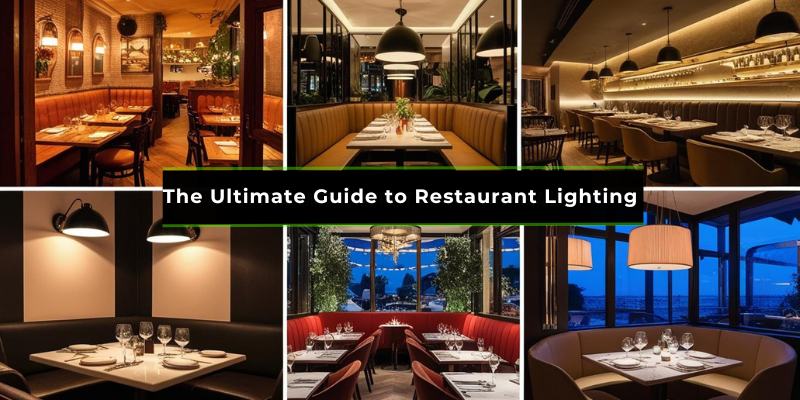Lighting in a restaurant can make or break the dining experience. It sets the mood and enhances the ambiance.
Welcome to “The Ultimate Guide to Restaurant Lighting. ” Proper lighting is crucial for any restaurant. It affects not only the aesthetics but also the overall customer experience. Good lighting can make food look more appetizing and create a cozy atmosphere.
Poor lighting, on the other hand, can drive customers away. This guide will help you understand the basics of restaurant lighting. You’ll learn how different types of lighting can impact your restaurant and how to choose the best options. Whether you’re opening a new restaurant or updating an existing one, this guide has you covered. Get ready to light up your space and improve your customers’ dining experience.
Importance Of Restaurant Lighting
Restaurant lighting plays a key role in creating the perfect dining experience. It can enhance the ambiance, influence customer behavior, and even boost sales. Understanding the importance of restaurant lighting can help you create a warm, inviting atmosphere that keeps customers coming back.
Impact On Ambiance
The right lighting can transform the mood of a restaurant. Soft, warm lights make the space feel cozy and intimate. Bright, cool lights create a lively and energetic vibe. Your choice of lighting sets the tone for the entire dining experience.
Consider using a mix of lighting types to create layers. Ambient lighting provides overall illumination, while task lighting focuses on specific areas like tables or the bar. Accent lighting highlights art, architecture, or decor, adding visual interest.
Proper lighting can also make your food look more appealing. Use adjustable lights to highlight the colors and textures of your dishes.
Influence On Sales
Lighting can directly impact your sales. Bright, well-lit spaces encourage faster turnover, perfect for busy lunch hours. Dimmer lighting creates a relaxed atmosphere, encouraging customers to stay longer and order more.
Studies show that people are more likely to order desserts and drinks in softly lit environments. Also, well-lit menus are easier to read, reducing order errors and improving customer satisfaction.
Consider these tips to optimize lighting for sales:
-
Use bright lights for quick service areas.
-
Dim lights in dining areas for a relaxed feel.
-
Highlight specials and menu boards with focused lights.
Proper lighting can also improve your staff’s performance. Good visibility helps them serve efficiently and reduces mistakes.
|
Lighting Type |
Best For |
|---|---|
|
Ambient Lighting |
Overall illumination |
|
Task Lighting |
Specific areas like tables or bars |
|
Accent Lighting |
Highlighting art or decor |
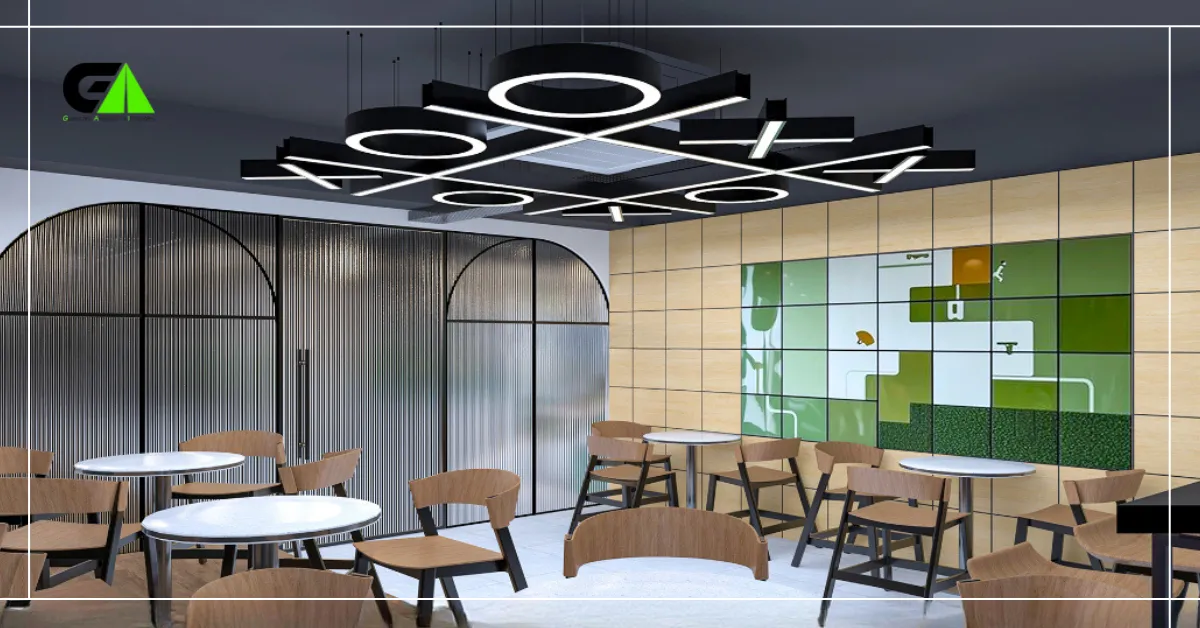
Types Of Restaurant Lighting
Effective restaurant lighting enhances the dining experience. It sets the mood and highlights the decor. Different types of lighting serve different purposes. Understanding them helps create a perfect ambiance.
Ambient Lighting
Ambient lighting is the main source of light in a restaurant. It ensures the space is well-lit and comfortable. This type of lighting comes from ceiling fixtures, chandeliers, and wall-mounted lights. It provides a general illumination that helps diners see their surroundings. Soft, warm lights create a cozy atmosphere. Bright lights make the space feel lively and energetic.
Task Lighting
Task lighting focuses on specific areas where activities happen. In restaurants, it lights up tables, bars, and kitchen areas. This type of lighting helps staff and diners see clearly. Pendant lights above tables are common examples. It makes reading menus and eating more enjoyable. Task lighting is essential for both function and style.
Accent Lighting
Accent lighting highlights features and decor in a restaurant. It adds depth and interest to the space. Spotlights on artwork or plants are great examples. It creates visual focus and enhances the overall design. Accent lighting is subtle but impactful. It draws attention to the restaurant’s unique elements.
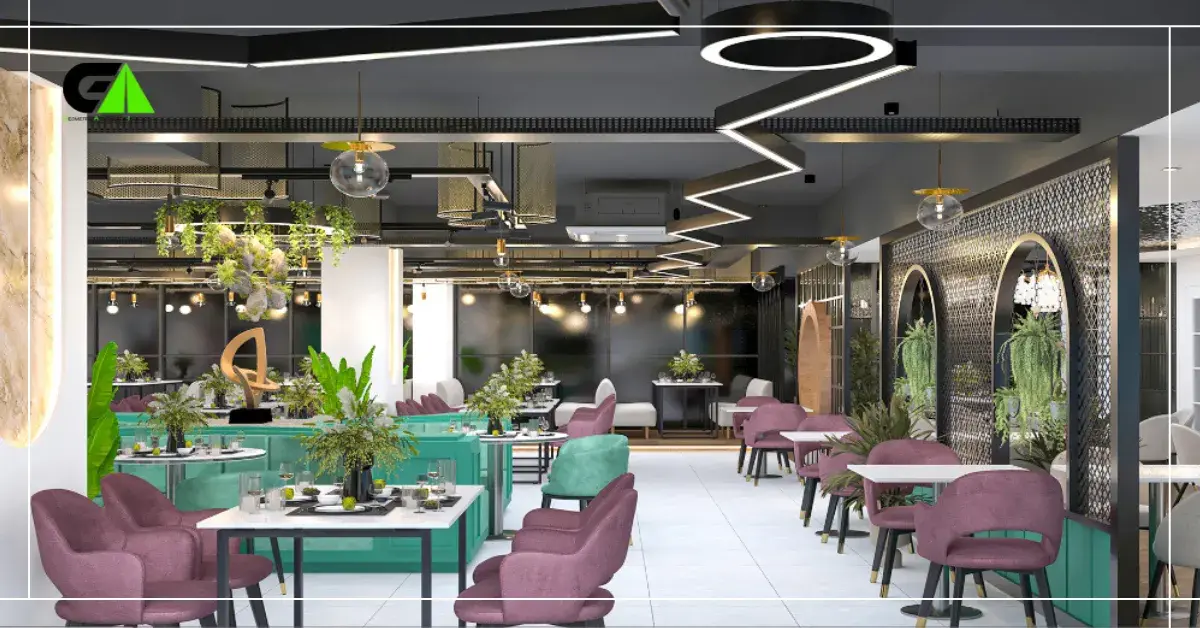
Choosing The Right Bulbs
Choosing the right bulbs is crucial for creating the perfect ambiance in your restaurant. The type of bulb you select can affect everything from the mood to the energy efficiency. Let’s explore the differences between LED and incandescent bulbs and understand what color temperature means for your dining environment.
Led Vs. Incandescent
There are two main types of bulbs to consider: LED and incandescent. Each has its own benefits and drawbacks. Here’s a quick comparison:
| Feature | LED | Incandescent |
|---|---|---|
| Energy Efficiency | High | Low |
| Lifespan | Up to 50,000 hours | 1,000-2,000 hours |
| Heat Emission | Low | High |
| Cost | Higher initial cost | Lower initial cost |
LED bulbs are more energy-efficient and have a longer lifespan. They emit less heat and, over time, can save you money. Incandescent bulbs offer a warm light but use more energy and need frequent replacement. They are cheaper upfront but cost more in the long run.
Color Temperature
Color temperature is measured in Kelvin (K). It affects the mood and appearance of your restaurant. Here’s a simple guide:
- Warm White (2000K-3000K): Cozy, inviting atmosphere. Ideal for dining areas.
- Neutral White (3500K-4100K): Balanced, clear light. Good for kitchens and workspaces.
- Cool White (5000K-6500K): Bright, crisp light. Suitable for modern, minimalist designs.
Choosing the right color temperature can enhance the dining experience. Warm white light creates a relaxed, intimate setting. Neutral white light is perfect for areas where clarity is important. Cool white light works well in contemporary spaces.
Consider these factors carefully. Your choice of bulb impacts both the functionality and feel of your restaurant.
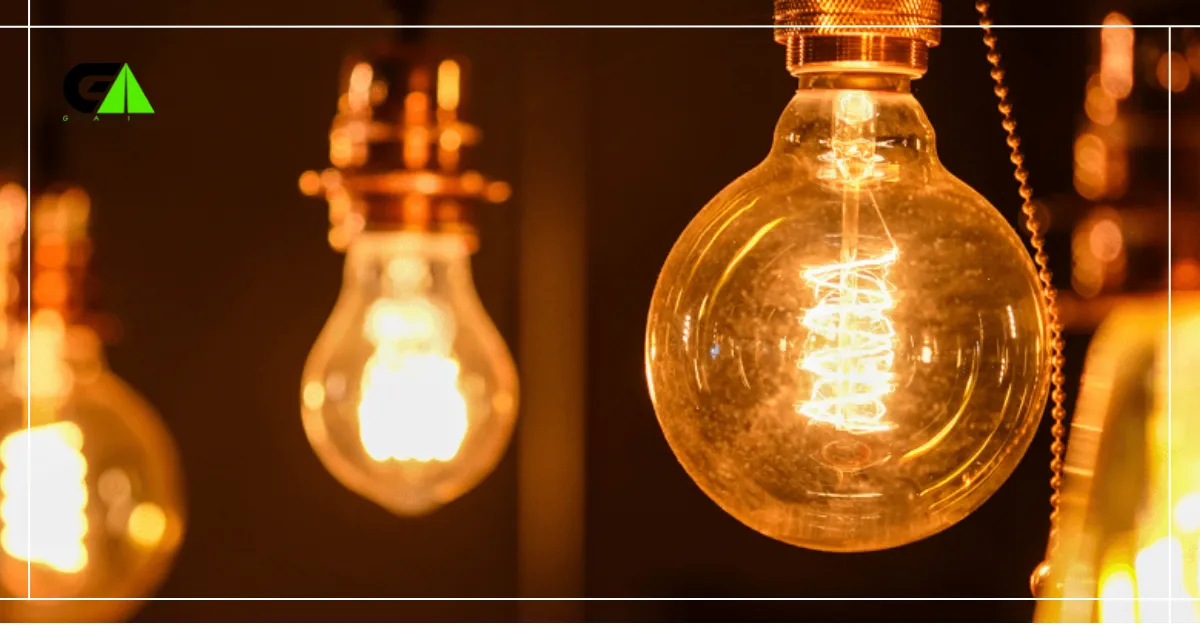
Lighting Design Tips
Restaurant lighting is an art. Proper lighting design can transform your space. It sets the mood and creates an inviting atmosphere. Here are some valuable lighting design tips to help you achieve the perfect ambiance.
Layering Light
Layering light is crucial for a dynamic environment. Use three types: ambient, task, and accent lighting.
-
Ambient lighting: Provides general illumination. Use chandeliers, pendants, or recessed lights.
-
Task lighting: Focuses on specific areas. Use under-cabinet lights or desk lamps.
-
Accent lighting: Highlights features. Use spotlights or wall-mounted fixtures.
Combining these layers adds depth. It also enhances the restaurant’s aesthetic.
Balancing Brightness
Balancing brightness ensures comfort. Too much or too little light can be unpleasant.
-
Use dimmers to adjust light levels.
-
Opt for adjustable fixtures for flexibility.
-
Consider the natural light available. Enhance it with artificial lighting.
A well-balanced lighting plan enhances the dining experience. It makes guests feel relaxed and welcomed.
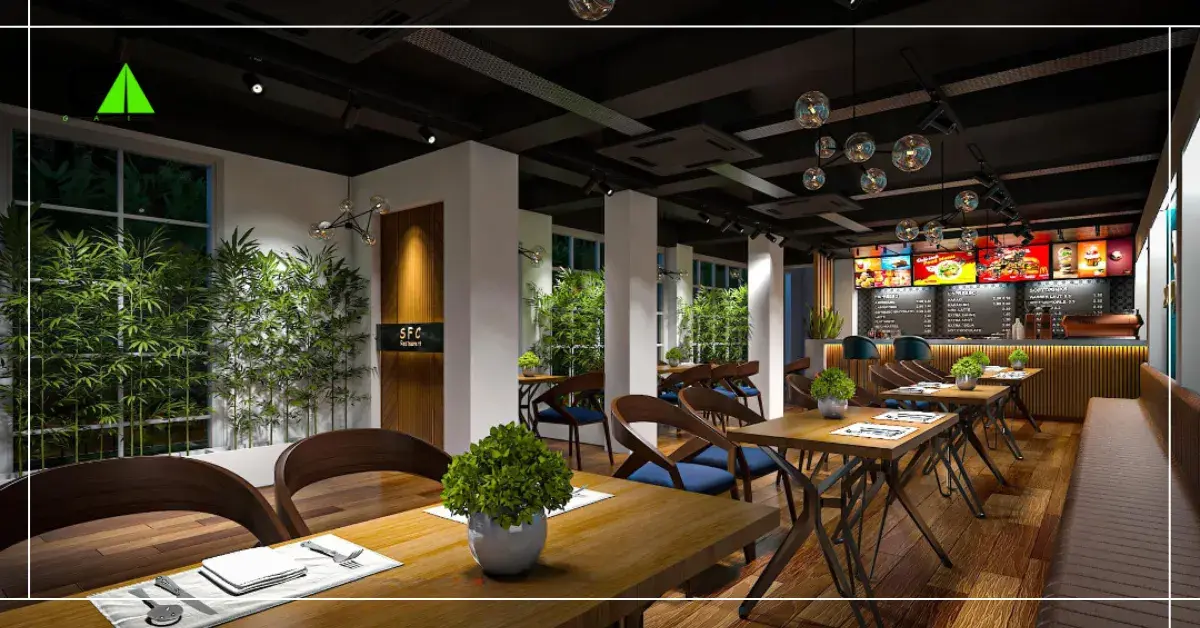
Creating Mood With Lighting
Lighting plays a vital role in creating the perfect ambiance in a restaurant. The right lighting can make the environment inviting, cozy, or modern. It affects how customers feel and can influence their dining experience. Let’s explore different types of lighting that can help you set the desired mood in your restaurant.
Warm Lighting For Cozy Atmosphere
Warm lighting creates a welcoming and intimate atmosphere. It uses light bulbs with color temperatures ranging from 2000K to 3000K. This type of lighting emits a soft, yellowish glow that feels comforting.
Use warm lighting in areas where you want customers to feel relaxed. Such as dining areas or lounges. It works well with wooden furniture and earthy tones.
|
Area |
Lighting Type |
|---|---|
|
Dining Area |
Warm LED Bulbs |
|
Lounge |
Incandescent Bulbs |
To enhance the cozy atmosphere, consider using dimmable lights. This allows you to adjust the brightness based on the time of day or event. Adding candles or table lamps can also contribute to a warm and inviting setting.
Cool Lighting For Modern Feel
Cool lighting gives a sleek and modern look to your restaurant. It uses light bulbs with color temperatures ranging from 3500K to 5000K. This type of lighting emits a bright, white light that is crisp and clean.
Use cool lighting in areas that require a fresh and energetic vibe. Such as bar areas or contemporary dining spaces. It pairs well with metal fixtures and minimalist decor.
-
Bar Area: Use fluorescent or LED strip lights.
-
Contemporary Dining: Opt for pendant lights or recessed lighting.
Cool lighting can also be used in combination with natural light to create a bright and airy feel. Make sure to balance it with some warmer accents to avoid a sterile environment.
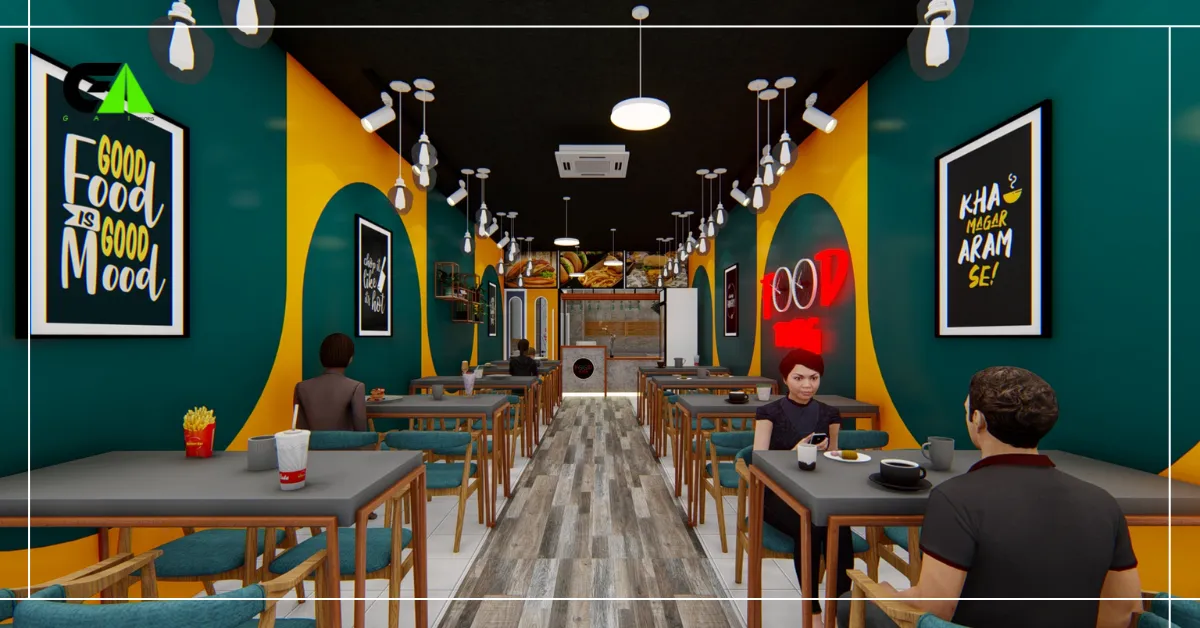
Lighting For Different Areas
Lighting plays a crucial role in enhancing the ambiance of a restaurant. Different areas within a restaurant require different lighting approaches. Proper lighting can create a welcoming atmosphere, highlight key areas, and ensure a pleasant dining experience. Let’s explore the best lighting strategies for the dining area, bar area, and outdoor seating.
Dining Area
The dining area is the heart of any restaurant. It needs warm and inviting lighting. Soft, warm lights create a cozy environment. Pendant lights over tables can add a touch of elegance. Dimmer switches allow for adjustable light levels. This helps set the right mood for different times of the day. Avoid harsh lighting. It can make the space feel unwelcoming.
Bar Area
The bar area often serves as a focal point. It needs dynamic and vibrant lighting. Use LED strip lights under the bar counter. This adds a modern touch. Pendant lights above the bar can create a stylish look. Colored lights can enhance the lively atmosphere. Task lighting behind the bar is essential. It helps staff work efficiently.
Outdoor Seating
Outdoor seating can offer a unique dining experience. It needs practical and attractive lighting. String lights create a magical ambiance. Lanterns can add a rustic charm. Solar-powered lights are eco-friendly and cost-effective. Ensure pathways and steps are well-lit for safety. Use weather-resistant fixtures to withstand the elements.
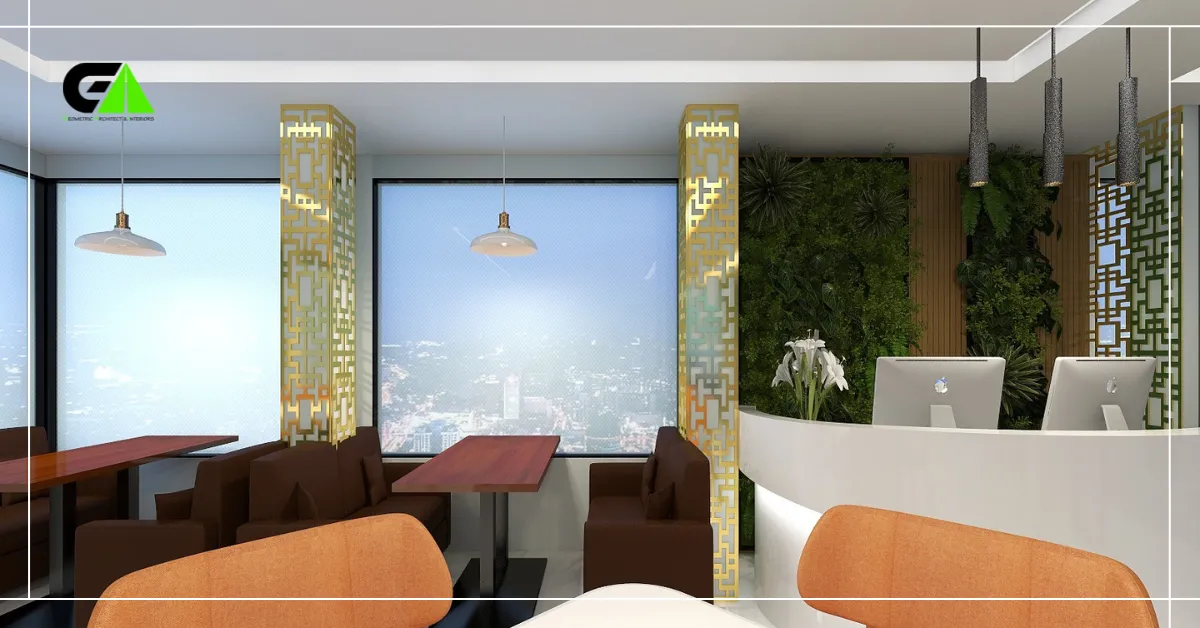
Energy Efficiency In Lighting
Choosing the right lighting for your restaurant involves more than just aesthetics. Energy efficiency in lighting plays a crucial role in reducing costs and promoting sustainable practices. Let’s explore how you can achieve this through smart lighting choices.
Cost Savings
Energy-efficient lighting can significantly reduce your electricity bill. Using LED bulbs instead of traditional incandescent lights is one of the easiest ways to save money. LEDs use up to 75% less energy and last 25 times longer.
Consider the following table to understand the cost differences:
|
Type of Bulb |
Energy Consumption |
Lifespan |
Annual Cost |
|---|---|---|---|
|
Incandescent |
60 watts |
1,200 hours |
$4.80 |
|
LED |
10 watts |
25,000 hours |
$1.20 |
By switching to LEDs, you can save on replacement costs and energy bills.
Sustainable Practices
Using energy-efficient lighting contributes to a more sustainable environment. LEDs produce less heat, reducing the cooling load on your HVAC systems. This results in fewer greenhouse gases being emitted.
Here are some sustainable lighting practices:
-
Install dimmer switches to adjust light levels based on need.
-
Use motion sensors in less busy areas to automatically turn off lights.
-
Opt for solar-powered outdoor lighting to harness renewable energy.
Implementing these practices can enhance your restaurant’s sustainability efforts.
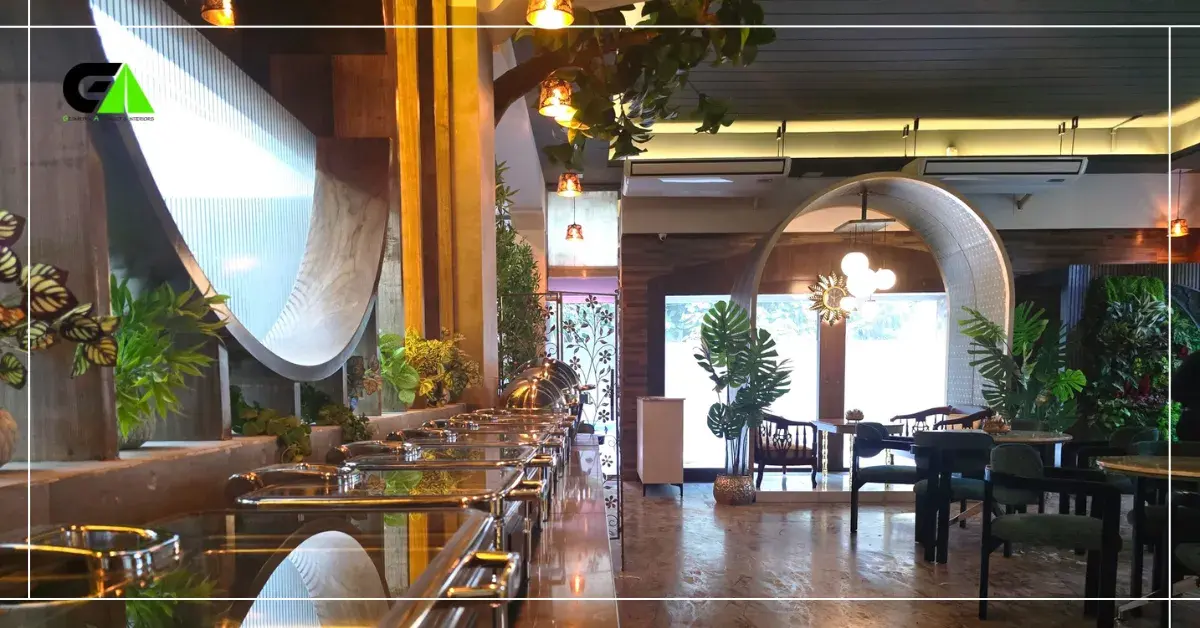
Smart Lighting Solutions
Smart lighting solutions can transform your restaurant’s ambiance. With the right technology, you can enhance your guests’ dining experience. Smart lighting is not just about aesthetics; it’s about functionality and efficiency too. Let’s explore some key aspects of smart lighting solutions.
Automated Controls
Automated controls make managing your restaurant’s lighting easier. These systems can adjust lights based on the time of day. They ensure the perfect lighting for every moment. You can set different lighting scenes for breakfast, lunch, and dinner. Automated controls also help save energy. Lights can dim or turn off when not needed. This reduces electricity costs.
Adjustable Settings
Adjustable settings let you customize lighting to suit various needs. You can change the brightness and color temperature. This flexibility creates a comfortable environment for your guests. Dim lights for a romantic dinner. Brighten them for a lively lunch crowd. Adjust the color to match your restaurant’s theme. Adjustable settings give you full control over the ambiance.
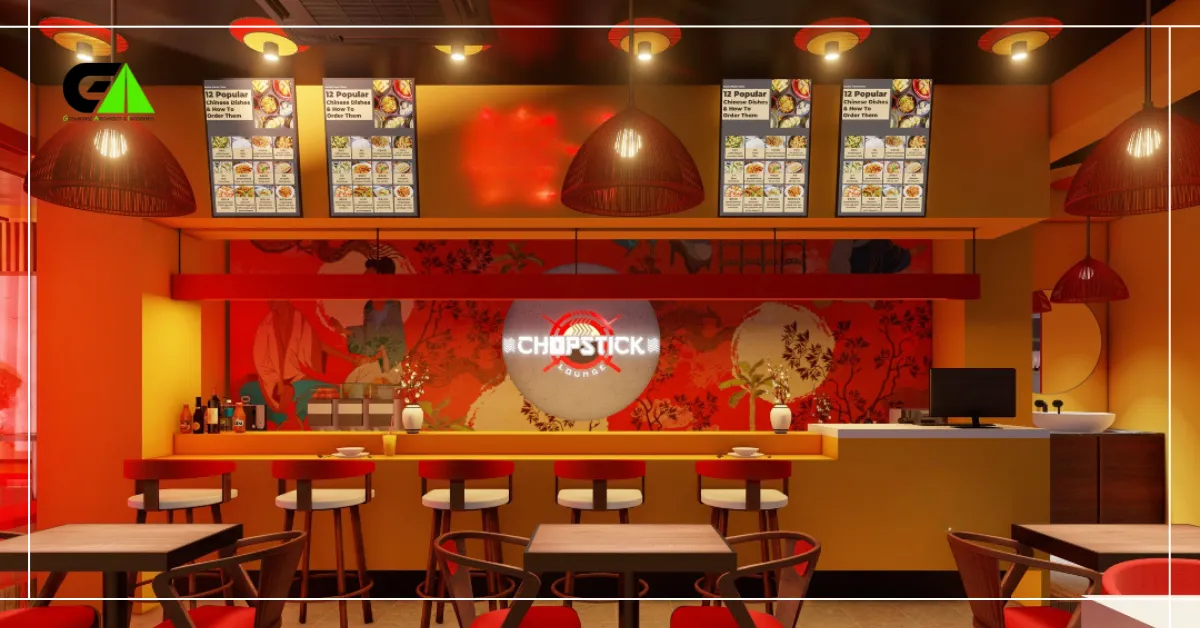
Common Lighting Mistakes
Lighting plays a critical role in creating the perfect dining atmosphere. However, many restaurants make common lighting mistakes that can impact the overall dining experience. Addressing these mistakes can enhance the ambiance and keep customers coming back.
Overlighting
Overlighting is a common mistake in restaurants. Too much light can make the space feel cold and uninviting. Bright lights can also create an uncomfortable glare, which can strain the eyes. Diners may feel rushed and uneasy in overly bright environments. It is essential to balance lighting to create a warm and cozy atmosphere.
Ignoring Natural Light
Natural light can significantly enhance the dining experience. Some restaurants ignore natural light and rely solely on artificial lighting. This can make the space feel less vibrant and more confined. Embrace natural light to create a more open and welcoming atmosphere. Use large windows or skylights to let in as much natural light as possible during the day. In the evening, complement the natural light with warm artificial lighting.
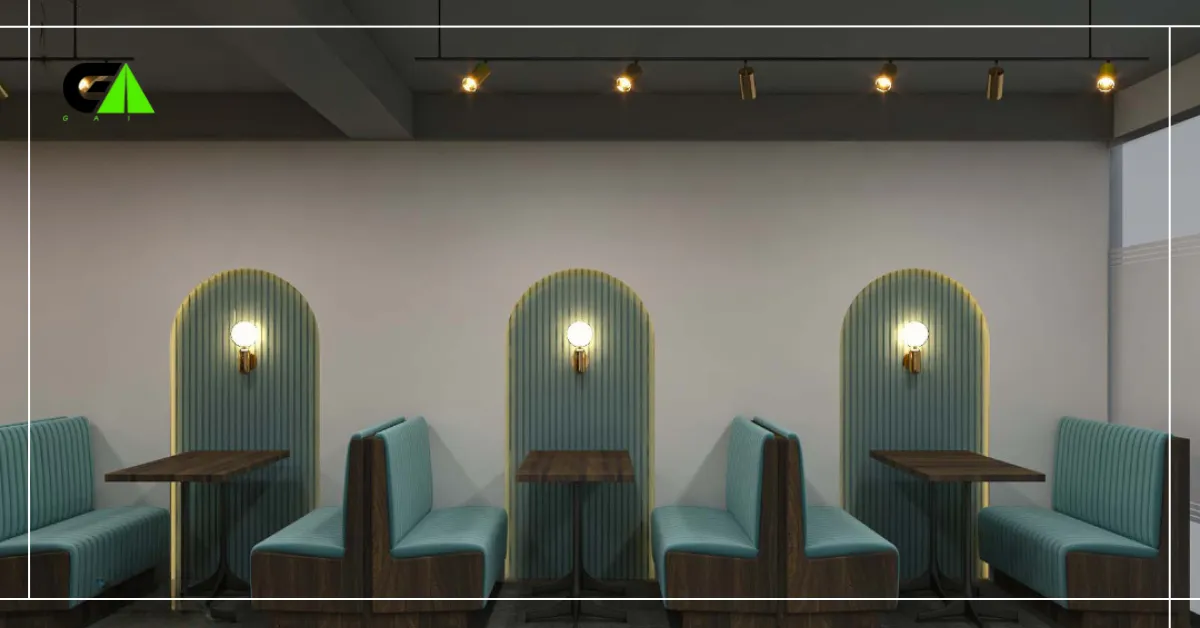
Frequently Asked Questions
What Is The Best Lighting For A Restaurant?
The best lighting for a restaurant combines ambient, task, and accent lighting. It enhances the dining experience, mood, and visibility.
How Does Lighting Affect Restaurant Ambiance?
Lighting greatly affects restaurant ambiance by setting the mood, highlighting decor, and creating a welcoming atmosphere for diners.
Why Is Dimmable Lighting Important In Restaurants?
Dimmable lighting is important as it allows for adjustments based on time of day and desired ambiance, enhancing customer experience.
How Can Lighting Improve Customer Experience?
Proper lighting improves customer experience by making the space inviting, comfortable, and visually appealing, encouraging longer stays and repeat visits.
Conclusion
Effective restaurant lighting creates an inviting atmosphere. It enhances the dining experience. Customers feel comfortable and relaxed. Good lighting design can highlight your decor. It also sets the mood for your restaurant. Consider different lighting options. Combine ambient, task, and accent lighting for balance.
Regularly maintain and update your lights. This ensures they always look their best. Your restaurant’s lighting can make a big difference. It affects the overall customer experience. So, invest time and thought into your lighting choices. Your efforts will be rewarded with happy, returning customers.

